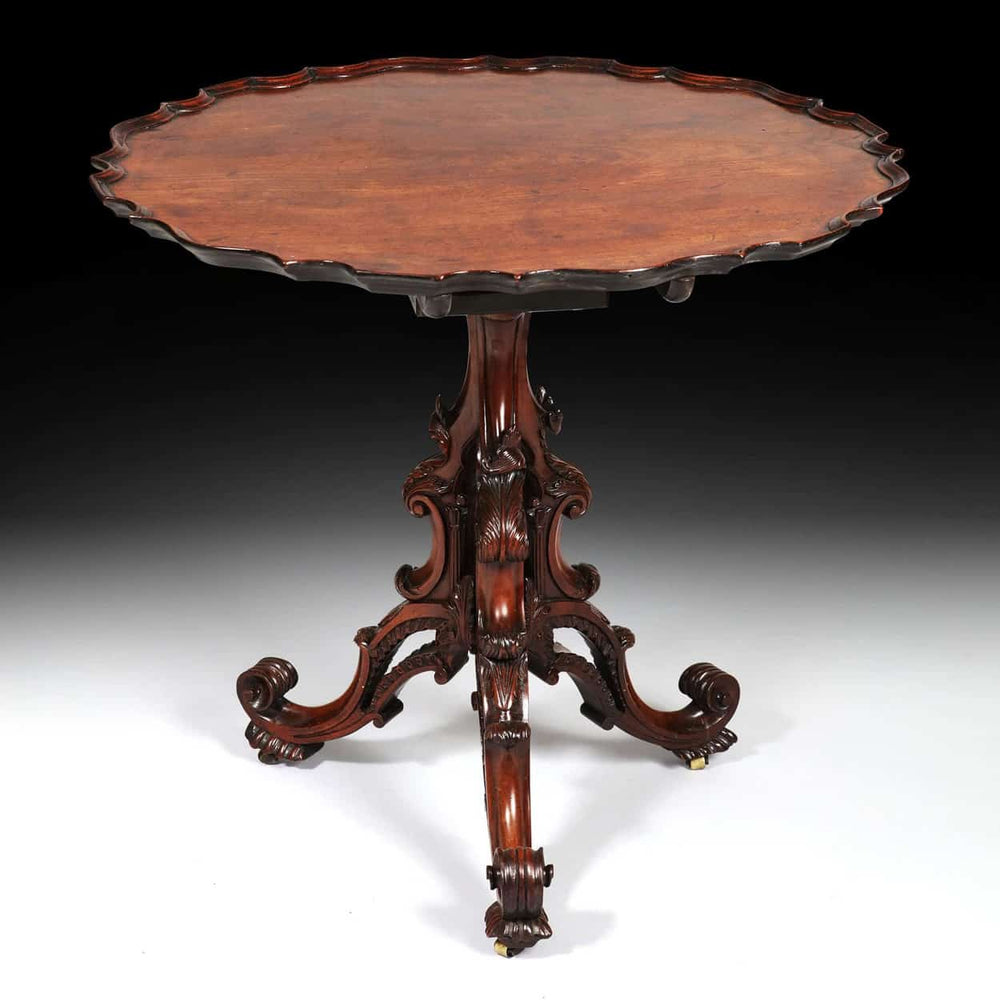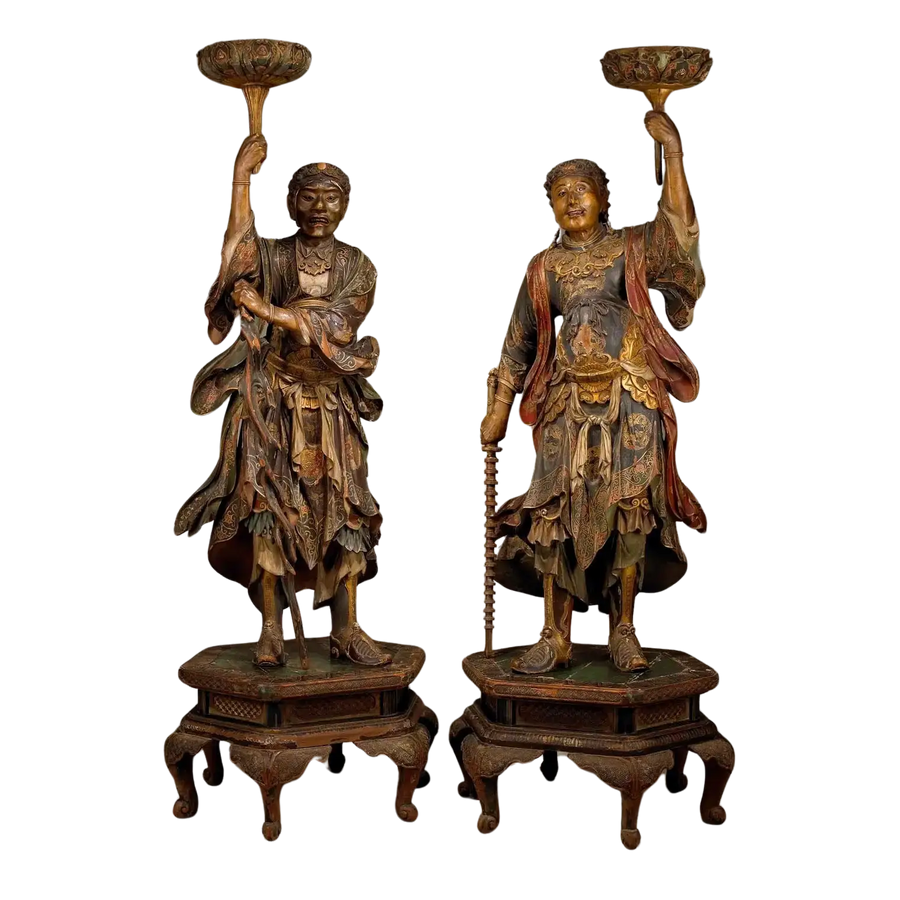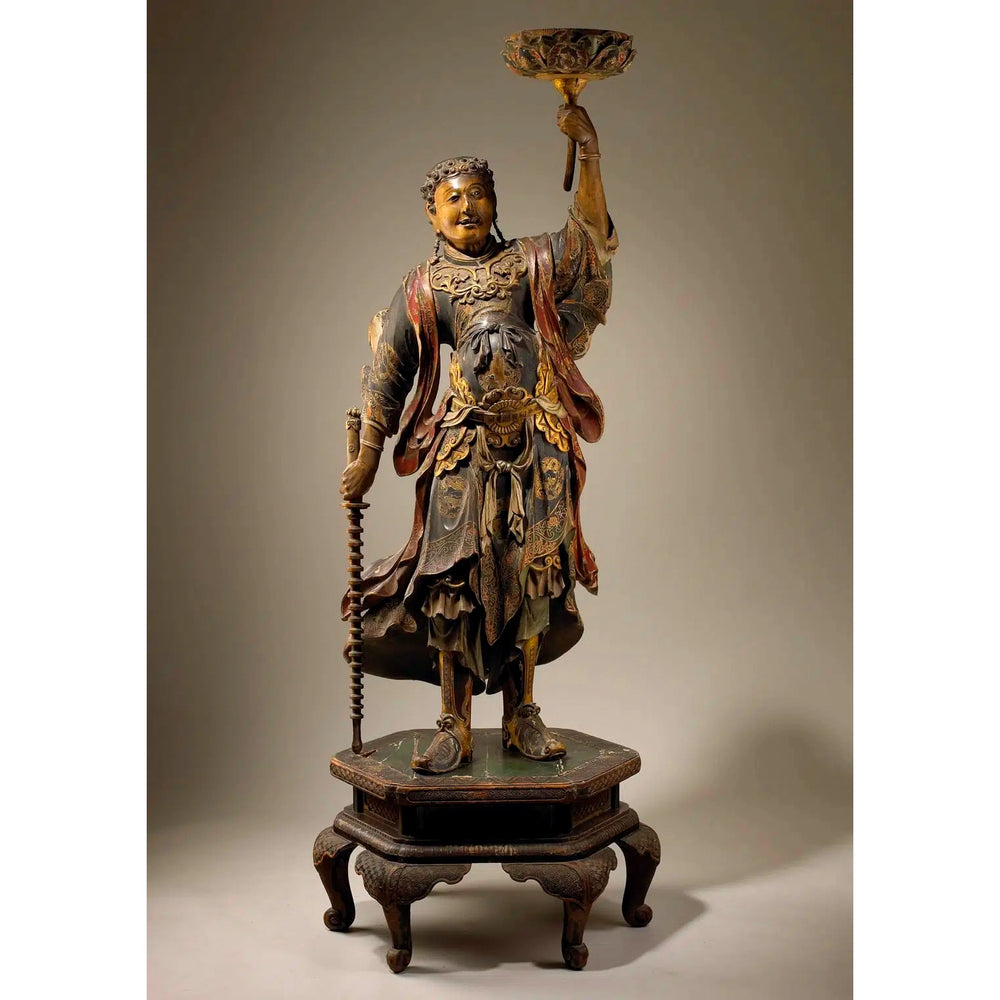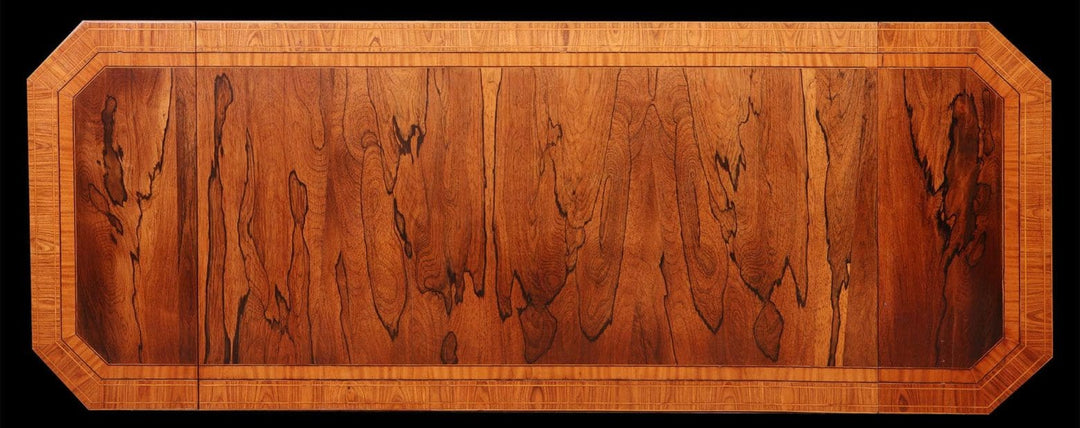
In the 18th century, gilding was central to the decorative arts, transforming wood, metal, porcelain, and architectural details into dazzling statements of wealth and taste. From the splendour of Rococo France to the refined Neoclassicism of the Louis XVI era, gilding techniques embodied both artisanal skill and stylistic ambition.
Water Gilding
The most traditional method, water gilding involved laying gold leaf over gesso and bole (a red clay ground), then burnishing to a brilliant shine. It was the preferred finish for carved wood frames, mirrors, and fine furniture.
Oil Gilding
Applied over an oil-based adhesive, oil gilding produced a softer glow but greater durability, making it well-suited for architectural decoration, signboards, and less delicate surfaces.
Mercury Gilding (Fire Gilding)
Used extensively for metalwork, mercury gilding fused gold to bronze mounts, clock cases, and lighting. Though highly toxic to produce, the results were unmatched in richness and durability.
Ormolu (Gilt Bronze)
Ormolu refers to gilt-bronze mounts produced by mercury gilding, cast and chiselled with exquisite detail. These mounts adorned Louis XV and Louis XVI furniture, clocks, and objets d’art, epitomising French luxury.
Gilding on Porcelain
Porcelain factories such as Sèvres, Chelsea, and Meissen perfected the art of applying gold paste or leaf after glazing, then re-firing at low temperatures. This produced the delicate trelliswork and floral highlights that became a hallmark of 18th-century porcelain.
Punch and Stipple Gilding
Frames, furniture, and interiors were often given texture by punching or stippling into the gilded surface, creating shimmering contrasts between matte and burnished areas.
Today, gilded antiques are prized for their craftsmanship, beauty, and historical resonance. From ormolu-mounted furniture to porcelain enlivened with gold, these pieces remain enduring symbols of 18th-century elegance and refinement.
















